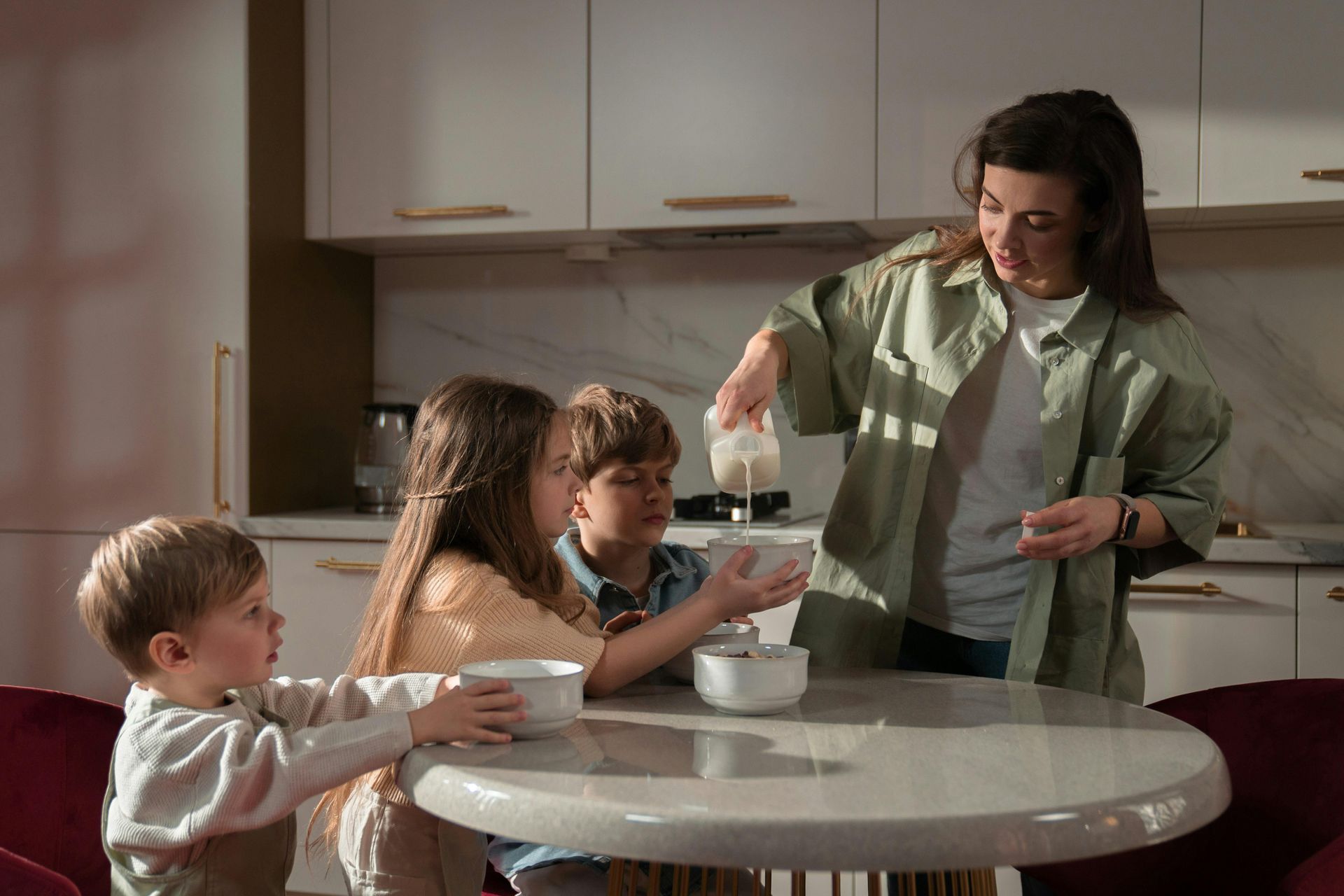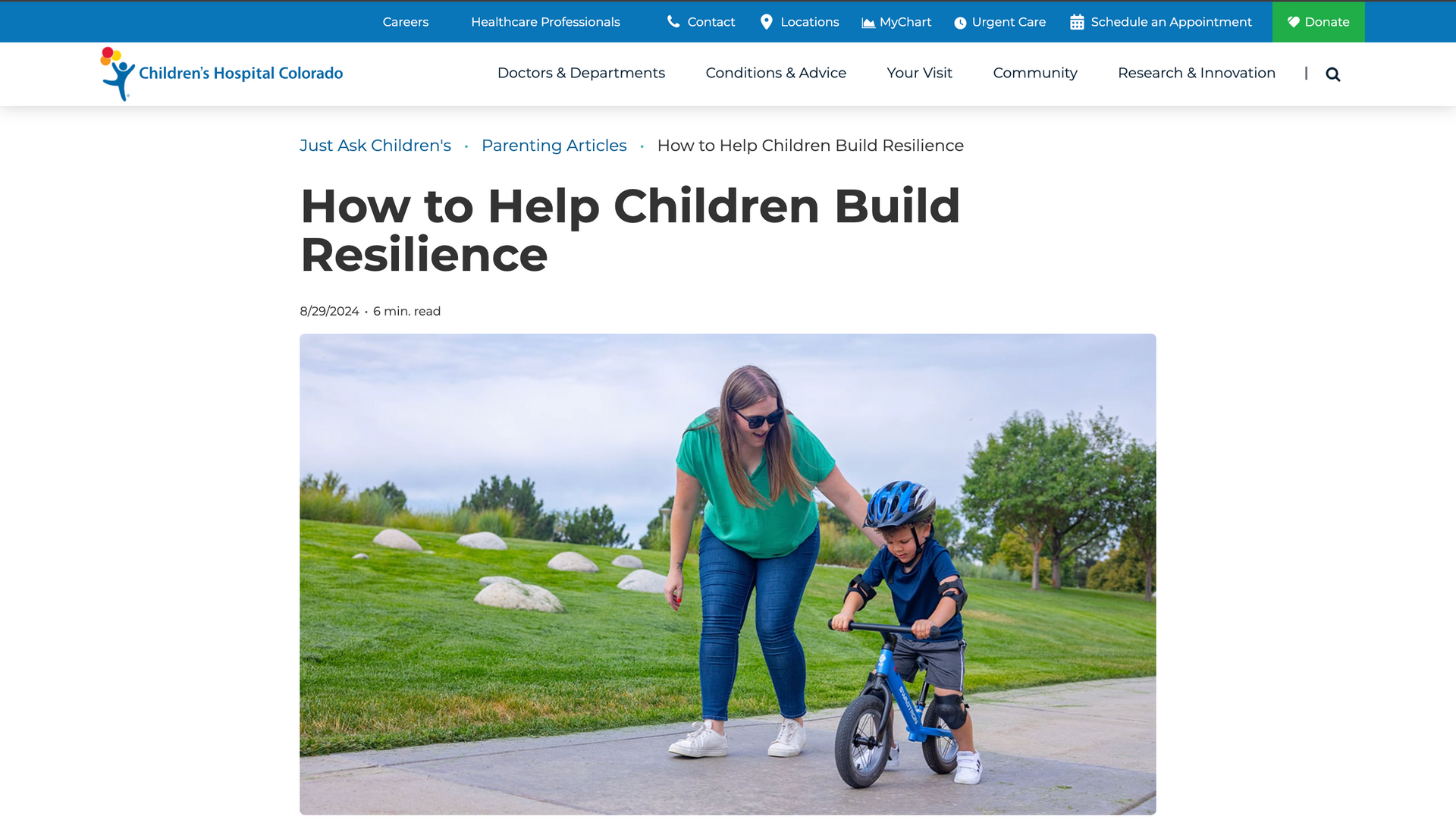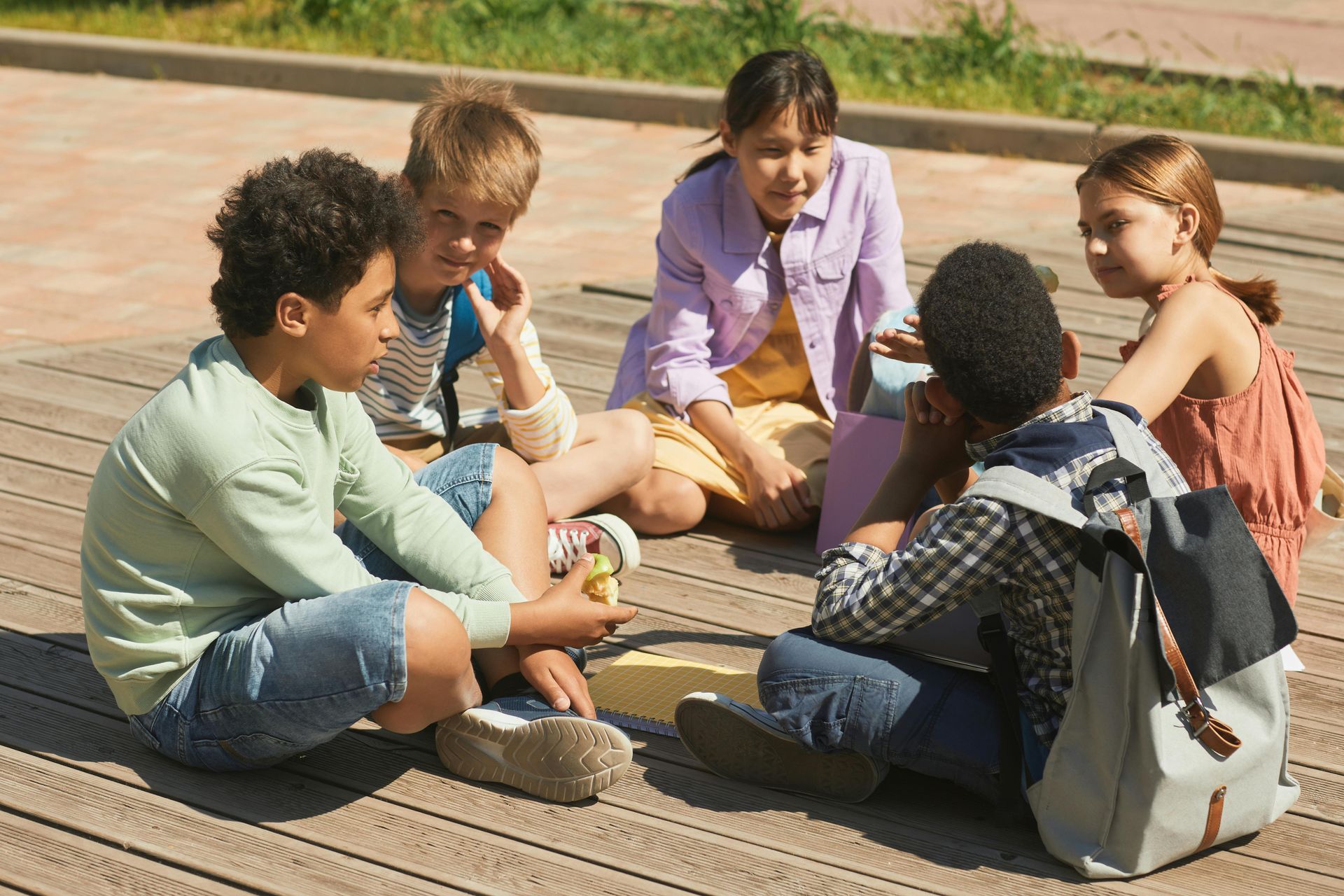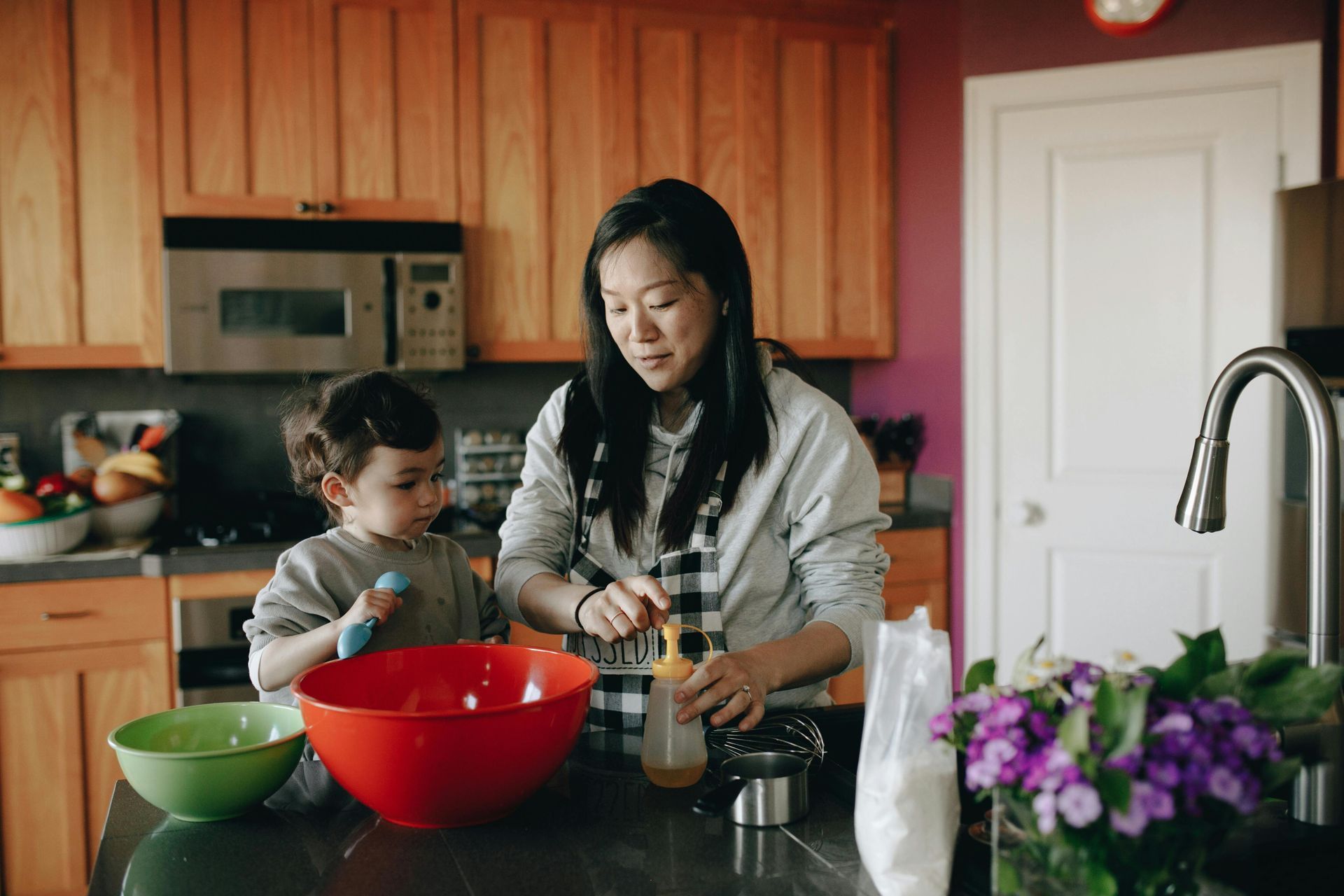Building Emotional Resilience in Children During Times of Change
Change is a natural part of life, but for children it can feel overwhelming. Whether it’s adjusting to a new teacher, moving homes, or adapting to shifts in family routines, these transitions can stir up a wide range of emotions. As caregivers, we play an important role in helping children develop the emotional resilience they need to face challenges with confidence and calm.
Resilience does not mean shielding children from difficult feelings or expecting them to “get over it.” Instead, it’s about teaching them to recognize, process, and move forward in healthy ways. With consistent guidance, children can learn to approach change as an opportunity for growth rather than something to fear. The ability to recover and adapt will serve them not only in the moment but throughout their lives.
Practical Ways to Support Emotional Resilience
1. Acknowledge Their Feelings
Children may not always have the words to describe what they’re feeling, but their behavior often speaks for them. Acting out, becoming unusually quiet, or showing changes in sleep or appetite can all be signs of stress. Encourage open conversations by asking gentle, specific questions like, “What feels different about this?” or “What’s the hardest part for you right now?” Listening without judgment helps children feel safe and understood. This validation reassures them that it’s normal to feel nervous or upset when things change.
2. Model Calm and Flexibility
Children are quick to pick up on the emotions of the adults around them. If caregivers respond with patience and adaptability to life’s interruptions, children are more likely to follow that example. Demonstrating small acts of flexibility, such as adjusting plans with a positive outlook or finding solutions when things don’t go as expected, teaches kids that challenges can be managed. You don’t have to pretend everything is easy. Acknowledging your own feelings and then showing how you cope gives them a real-life model to follow.
3. Create Predictability Where You Can
During seasons of change, routines provide comfort. Consistency with meals, bedtime rituals, or after-school activities creates an anchor that children can rely on. This sense of predictability builds security, helping them feel that while some things may change, there are still safe constants in their world. Even small rituals, like reading a bedtime story or sharing a family meal, can have a big impact on helping children feel grounded.
4. Teach Problem-Solving Skills
Resilient children are not those who never struggle, but those who learn how to work through problems. Guide kids to think through solutions instead of rushing to fix everything for them. If they’re worried about making friends in a new class, brainstorm together possible strategies like introducing themselves, joining group activities, or finding peers with similar interests. Over time, this builds confidence and helps them learn that they have the tools to handle challenges on their own.
5. Celebrate Effort, Not Just Results
Resilience grows when children see that their effort matters, even if the outcome isn’t perfect. Praise their attempts to adjust or try new things, rather than focusing only on success. Simple affirmations like, “I’m proud of how you kept trying,” or “That was brave of you to try something new,” reinforce the value of persistence. This helps children build confidence in their ability to handle setbacks, an essential part of resilience.
6. Encourage Independence in Small Steps
Children gain resilience when they believe in their own ability to take action. Give them age-appropriate responsibilities that allow them to practice independence and decision-making. Small tasks, like choosing their clothes, packing their school bag, or helping with meal preparation, can help them feel capable and trusted. As their confidence grows in small areas, they will be better prepared to face bigger changes with self-assurance.
7. Build Healthy Coping Skills
Beyond routines and problem-solving, children benefit from having tools to calm their minds and bodies during stressful times. Teach simple techniques like deep breathing, journaling, or taking short breaks to move around. Encourage hobbies that give them an outlet for stress, such as drawing, sports, or music. These skills give children positive ways to manage emotions, rather than bottling them up or acting out.
Why Resilience Matters
Children who develop emotional resilience are better equipped to manage stress, adapt to new environments, and maintain healthy relationships. These skills not only support them in childhood but also prepare them for the challenges of adulthood, from managing peer pressure to handling workplace stress later on.
Caregivers cannot prevent life’s changes, but we can provide children with the tools to navigate them. By modeling calm, maintaining consistency, encouraging independence, and teaching healthy coping skills, we help kids discover their own inner strength. Resilient children learn that while change may be difficult, it can also be a chance to grow.
Looking for more simple, supportive tools for the loved ones in your care? Enjoy these additional resources and explore our blog for ideas that help you nurture connection, one moment at a time. Or, Join our mailing list where we share more resources that accompany our blog posts.
Join Our Mailing List












